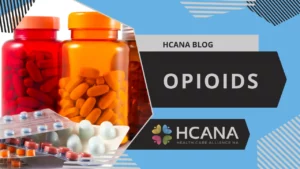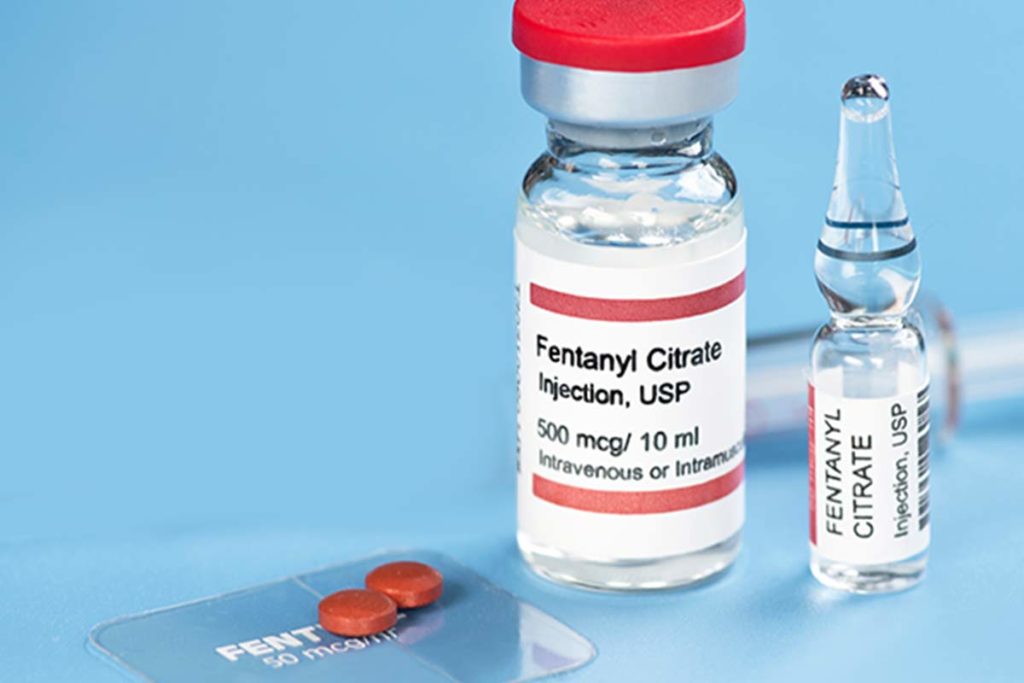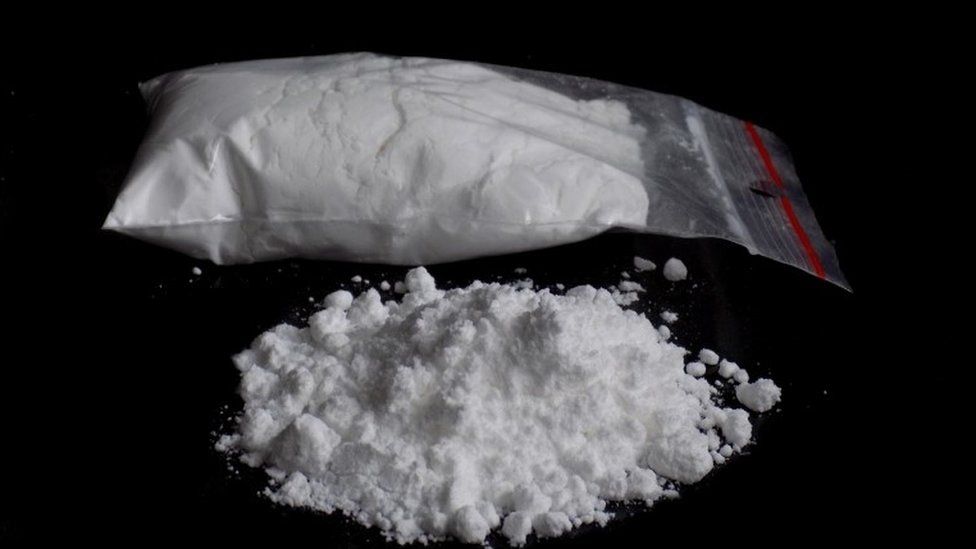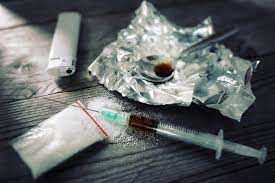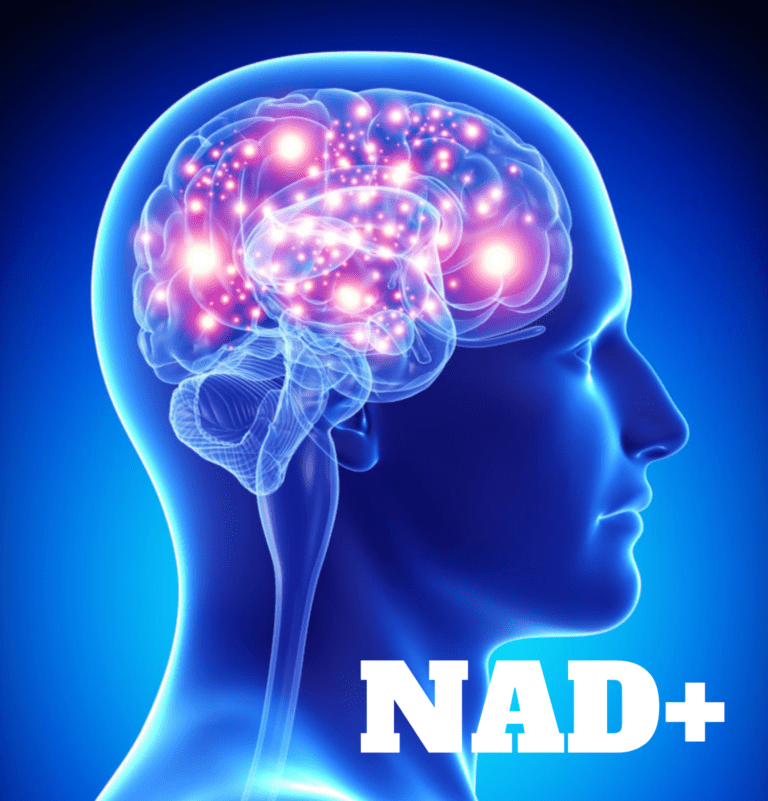The opioid crisis has been escalating at an alarming rate in the United States. Although the crisis was already widespread, the 2018 opioid crisis broke out with the widespread use of synthetic opioids like fentanyl and carfentanil. The crisis has reached a point where deaths from opioids have surpassed deaths from heroin and cocaine combined.
Not only has the number of opioid prescriptions and deaths increased, but the potency of these drugs has also increased. When opioid pills were prescribed at higher doses, they became more addictive and more likely to result in overdoses. The current crisis is the result of a confluence of many factors. However, one important cause is the use of fentanyl and other synthetic opioids. These drugs are extremely potent and dangerous.
What is Fentanyl?
Fentanyl is a synthetic opioid painkiller that is 50 times more potent than morphine. It is usually injected, usually by non-medical users, because it is soluble in water and the brain. It can also be inhaled or snorted.
Fentanyl is often used in cancer patients to manage pain and to give patients more energy to fight their illness. However, its use for pain management in non-medical settings has skyrocketed since the start of the opioid epidemic.
In the last several years, fentanyl has increasingly been used in non-medical settings as a recreational drug. The drug is inexpensive and extremely potent, with a low recreational dose ranging from around $10-$40 for a gram. Because of its affordability and potency, Fentanyl has become a major cause of opioid overdoses and fatalities and is the main contributor to the opioid epidemic’s third wave.
Synthetic Opioids and the Opioid Epidemic
Synthetic opioids like fentanyl were not necessarily intended to be abused or become part of the illicit drug marketplace. Instead, these drugs were developed as legitimate pharmaceuticals to treat pain. However, as prescription rates for these painkillers increased, illicit manufacturers found a profitable market in over-the-counter (OTC) drugs. These drugs also had a longer shelf-life, allowing consumers to buy smaller amounts that would probably not be sufficient to last the duration of a pain crisis. Injectable and nasal fentanyl tablets are also now used to distribute the drug.
The opioid crisis has many causes and has been years in the making. Within the last several decades, opioid prescriptions have increased significantly and the pharmaceutical industry aggressively marketed these drugs to treat pain. Consequently, “pill mills” and over-prescribing became more common. As more pain patients turned to opioids, drug traffickers began to use the Internet to sell illicit opioids and even produce counterfeit pills that looked similar to prescription opioids. The result was the availability of cheap and highly-addictive opioids.
How Does Fentanyl Work?
Fentanyl affects the brain exactly how morphine affects the brain. It binds to receptors in the brain that bind to opioid peptides. However, while morphine has a half-life of around two hours, fentanyl stays in the brain for up to 10 days. This means that low doses of fentanyl can produce a lasting effect even if the user does not feel like they have taken a large dose.
Furthermore, unlike morphine, which has a set of receptor types that it binds to, fentanyl binds to multiple receptors in the brain. This means that different parts of the brain get targeted by fentanyl, resulting in a wide range of potentially dangerous side effects.
Where Does Fentanyl Come From?
Most illicit fentanyl in the United States comes from China, Mexico, and Peru. These three countries produce 97% of the world’s opioids. China is the leading supplier, with Mexico and Peru as distant runners-up. The Chinese government has been struggling to control its fentanyl supply, with some labs attempting to use rice cooker fumes to mask the chemical scent of the fentanyl. However, these efforts have been problematic, with labs modifying their chemistry to slip through the cracks in their regulatory framework.
Fentanyl’s Danger to Society
Fentanyl is 50 times stronger than heroin and 30 to 50 times more toxic, meaning that a tiny amount can kill you. It can also cause respiratory arrest or death from inhalation, and it has been known to enter the brain through the nose. This means that snorting or injecting the drug can cause a rapid onset of euphoria followed by extreme sleepiness, which can lead to fatal accidents.
How to Fight the Opioid Epidemic
Law enforcement has been struggling to deal with the opioid crisis for several years now. However, due to the nature of the crisis and the illicit nature of many opioids, it has been difficult to fight.
As the crisis has evolved, law enforcement and public health officials have begun to turn their attention to the supply side. On October 26, 2018, President Trump declared the opioid emergency, opening up additional funding and resources for the fight against the crisis.
What the Future Holds
As the opioid epidemic continues, the misuse and abuse of other drugs will likely increase. This includes both the over-prescription of painkillers and the illicit use of drugs like meth and cocaine. As the illicit drug supply is likely to remain unstable, users will likely have to turn to increasingly dangerous sources to get their drugs.
As the crisis continues, more and more people will die from overdoses. This will result in more and more families experiencing the pain of losing a loved one. The only way to stem the tide of this crisis is to get to the root of the problem and solve the issues behind the misuse of prescription opioids and illicit fentanyl.
Knoxville Recovery Is Here For You
Eating disorders can affect anyone. If you or a loved one are currently struggling with this, help is available! We encourage you to reach out to the professionals at Knoxville Recovery Center to learn more about our personalized treatment programs and mental health services. Knoxville Recovery Center was founded from firsthand experience of addiction and recovery, with a mission of providing a space where people can heal from addiction and other disorders in a compassionate, creative, open-minded, and heart-centered environment. We believe recovery is always possible. Our experts work with you to design a treatment plan that fits your needs. Common treatment programs include:
- Intensive Outpatient Programs (IOP)
- On-site Detox
- Full-time Addiction Treatment on campus
- Mental Health Treatment
- Aftercare Services
Contact us today for more information about how our programs and services can help you get your life back on track. You no longer have to struggle with an eating disorder on your own. We are here to help.



